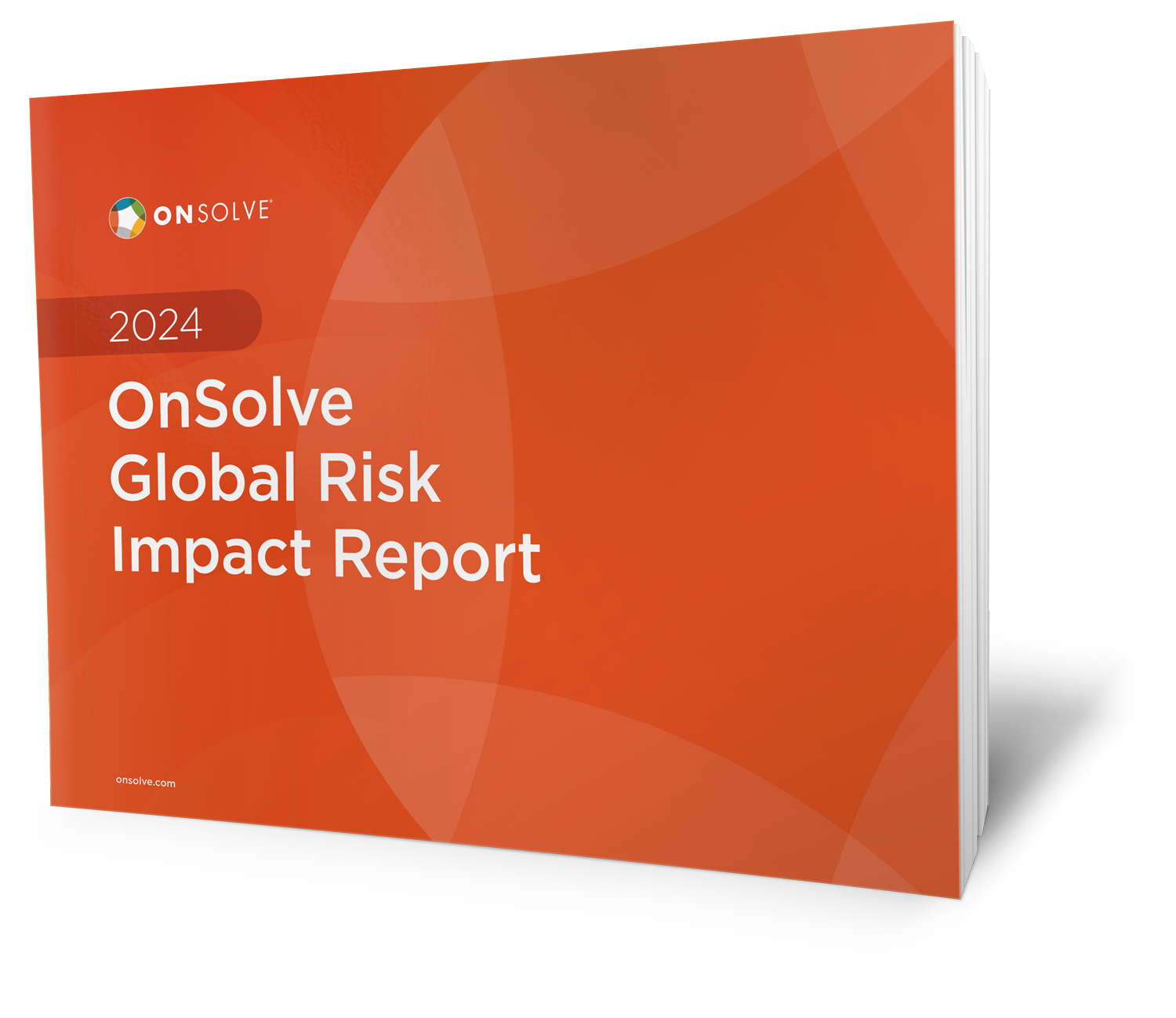When events disrupt the global supply chain, the impact resonates throughout the economy. Without parts, production lines stop. When goods don’t arrive, retail shelves stay empty. In March, the need to prepare for supply chain disruption became clear when the massive Ever Given container ship lodged itself in the Suez Canal. The resulting traffic jam affected 12 percent of world trade dependent on the waterway.
Supply chain disruptions aren’t the only critical event that can create chaos for an enterprise. Businesses also need to keep IT system failures, utility outages, cyberattacks and severe weather, among other crises, on their radar.
To better anticipate such critical events, a growing number of leading enterprises are taking advantage of artificial intelligence (AI) to power their critical event management (CEM) capabilities. In doing so, they’re increasing their agility, improving business resiliency, and reducing the hard and soft costs of risk mitigation.
Why Leading Enterprises Are Turning to AI-Powered CEM
Businesses with modern CEM are using AI to continuously monitor and evaluate a multitude of sources available in the public and private domains – something a traditional CEM isn’t capable of doing and that would be impossible for human analysts to handle on their own.
The AI engine analyzes the inputs and identifies relevant results. With AI-powered risk intelligence integrated into their CEM platform, organizations not only gain a significant boost in predictive capabilities, but also receive the actionable intelligence they need to develop a speedy and effective response. As a result, they can mitigate the impact of critical events or even proactively avoid them in the first place.
In addition, a modern CEM platform with advanced critical communications capabilities provides enterprises with more ways to alert affected parts of the business. For instance, communications preferences vary widely, making a multimodal approach essential. Unlike a traditional CEM, advanced critical communications capabilities allow business continuity and crisis communications professionals to send messages to a variety of channels and devices, such as phone, email, desktop, social media and more. They can be confident they’ll reach every employee or stakeholder, keeping everyone safe and in the loop.
Not surprisingly, enterprises that fully take advantage of AI-powered CEM exceed the technology capabilities of their peers in several ways, according to research by Aberdeen. Compared to companies using a more traditional approach, these organizations are:
- 25 percent more likely to leverage cloud-based capabilities during a critical event, increasing resiliency of the communication infrastructure
- 20 percent more likely to adopt two-way communication, helping ensure reach in disseminating critical information
- 20 percent more likely to leverage automated notifications, driving speed of informing all stakeholders
- 30 percent more likely to use Application Programming Interfaces (APIs) to integrate their CEM with their internal applications and services
The ability to increase speed, resiliency and integration in these situations gives these leading enterprises a significant edge over their competitors. Better business continuity translates to lower unexpected costs and greater reliability.
The Limits of Traditional CEM
If AI-powered CEM is vital for accelerating critical event response and ensuring better outcomes, why stick with a traditional CEM? In fact, there are several drawbacks when you don’t take advantage of AI-enabled technology.
Organizations using traditional CEM will struggle to keep up in today’s fast-paced environment. According to Aberdeen, almost half of businesses require hours or even days to analyze, understand or act on critical event data. It’s impossible for a human to review the vast amount of data and identify the right information in time to respond. There’s simply not enough manpower.
Without AI-powered CEM, there are also limitations in an organization’s ability to quickly reach all impacted employees and stakeholders. Delayed or inconsistent outreach could mean your people remain unaware of the situation and potentially vulnerable. Being able to efficiently communicate also helps integrate between different parts of the business so the mitigation plan can be effectively executed.
Is It Time for AI-Enabled CEM?
The Ever Given is just one extreme example of what can happen at any time. In fact, most businesses experience some kind of critical event each year. Usually, such events don’t make the international news cycle, but smaller scale crises can be more frequent and even more disruptive.
In business and in life, not one of us is insulated from the unexpected. Organizations all over the world had to react in real time when their resources were held up at the Suez Canal.
That’s why now is the time to evaluate your current CEM. Just how prepared are you to anticipate and handle your next critical event? Does your current platform have everything you need to identify and respond quickly to threats? If the answer is no, an AI-enabled CEM may be the answer – and the key to protecting your people, places and property.
Read the ebook to learn more.


